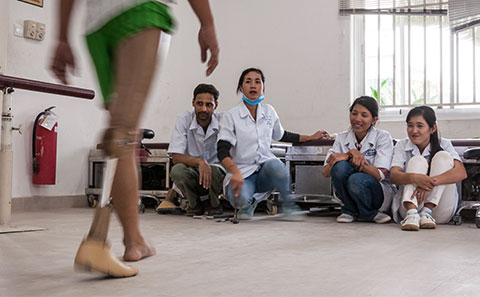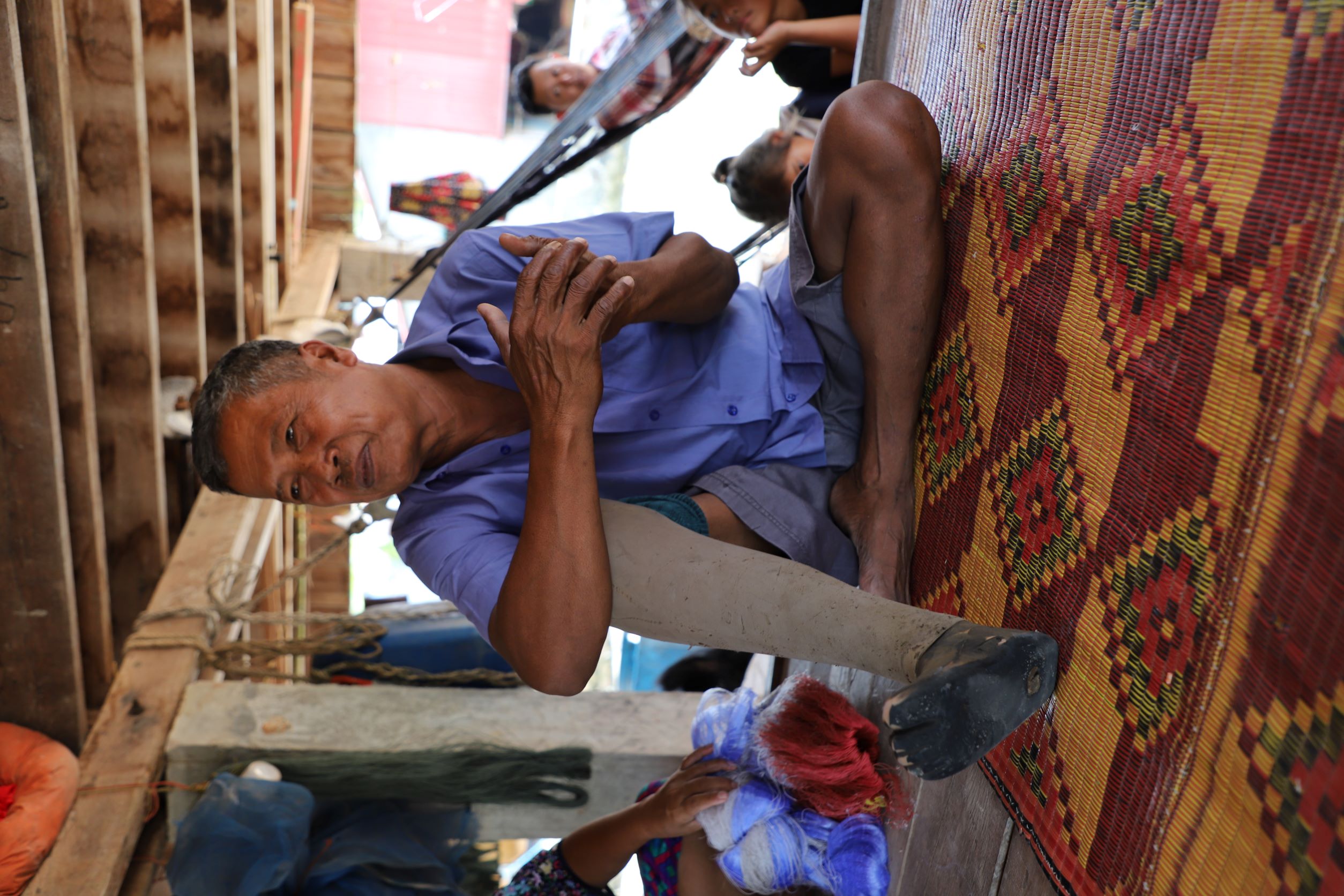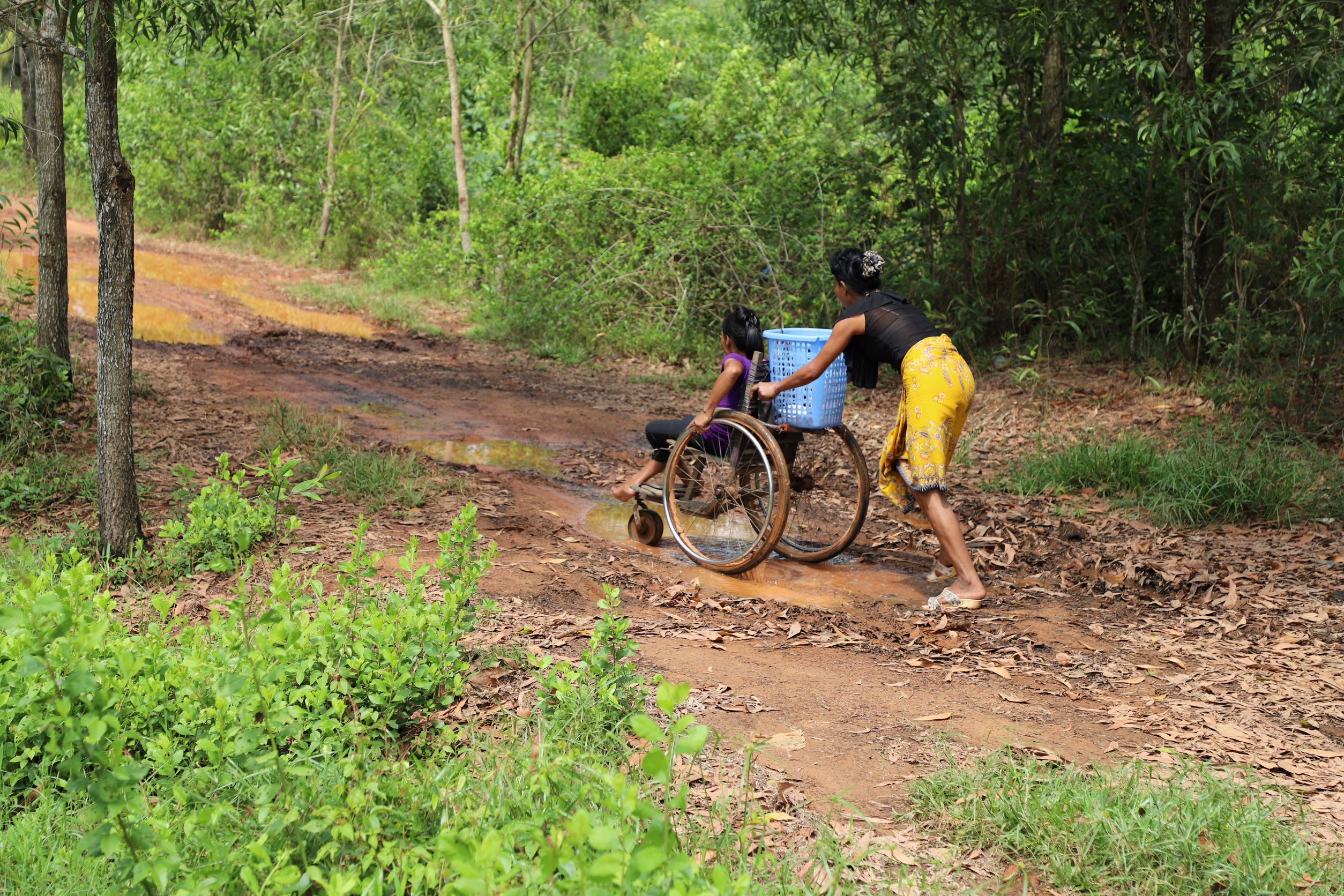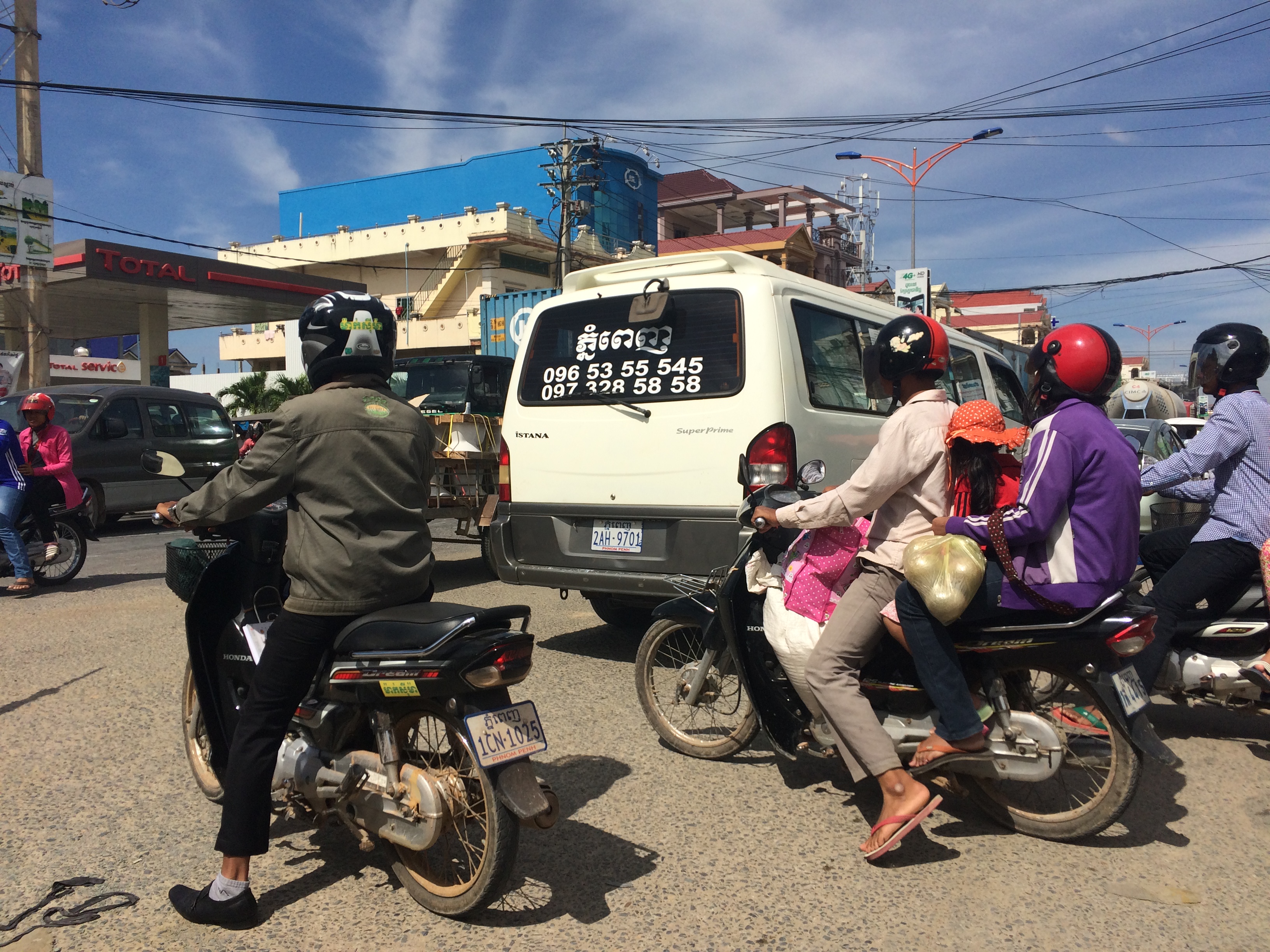
Researchers from the University of Southampton are helping countries like Cambodia plan future prosthetics and orthotics (P & O) care, thanks to a new study showing how people who have experienced limb loss have changed over six decades.
The research published in the Journal of Global Health shows the demographics of prosthetics users in Cambodia have changed, beyond the well understood history of people with landmine injuries.
Since 2000 there has been a marked reduction in landmine and weapon injury and a considerable rise in limb loss due to disease (including Type 2 diabetes) and road accidents, which have become more common in Cambodia's booming cities.

Thanks to a grant from Global Challenges Research Fund, the University's People Powered Prosthetics group and Exceed Worldwide, a Non-Governmental Organisation (NGO) which trains specialist staff and provides P&O services – like supplying prosthetic limbs, braces, wheelchairs and providing community support – were able to access and, for the first time, analyse routinely collected data from existing electronic patient records in an aggregated and anonymous way.
The data is unusual as it covers over 30 years of physical rehabilitation service provided by Exceed Worldwide in Cambodia. Researchers looked for patterns in over 50,000 appointments in urban and rural Cambodia.
Dr Alex Dickinson, Associate Professor in Mechanical Engineering and joint author of the research, said: "Our findings are surprising. It is recognised that there is a great need for prosthetic devices, especially in lower- and middle-income countries, following conflict and natural disaster. What is less well known is how the need changes over the years.
"Cambodia has a significant population of people with limb absence following decades of war and genocide in the 1970s-90s. However, since 1999, the country has changed dramatically.
"We can now see the effect of great programmes of landmine clearance, but also the emergence of traffic accidents, work accidents and diseases related to changing lifestyles, including Type 2 diabetes and cardio-vascular conditions.
"Our research also suggests people with limb loss due to disease are generally older, and those injured in road accidents typically have a higher level of amputation, needing above-knee prosthetics – and both above knee amputation and older people with diabetes have much more complex rehabilitation needs than the typical young person with a below-knee amputation from Cambodia's past," explained Alex.

Exceed Worldwide, with governments and funding partners, like Japan's Nippon Foundation, establishes prosthetics and orthotics services by training local clinicians and running local clinics. Despite support to cover the cost of treatment, travel and time away from work, many people in Cambodia still struggle to access services, especially in rural areas. The new research can help Exceed plan for the future.
Sisary Kheng, Country Director for Exceed Cambodia, said: "There is a need for reliable and accurate disability data for strategic planning, service management, and mobilization of resources for resilient, responsive, and timely intervention for our vulnerable clients. Continuity of care is essential."
Sam Simpson, Head of Research and Business Development at Exceed outlined the impact of the research: "Providing P&O services requires funding. People need life-long care – prosthetic limbs are like shoes, they wear out and need regular repair or replacement.
"This new information will help us with future service design. We can now better understand patient behaviour and link this to service design by ensuring that evolving needs are reflected in training for P&O professionals and in the use of appropriate technologies.
"P&O services restore mobility; without this people are dependent; with mobility they can access education, training and employment and become independent contributors to society, e.g., as employees, business owners and taxpayers."

Another outcome of the research is how data gathering and analysis can support services to meet changing patient needs in other countries.
Professor Amos Channon, Southampton's Professor of Global Health and Demography, explained: "An important point emerging from our work is that it demonstrates how to unlock existing data, and this can be applied to other databases.
"Our analysis highlights the power of understanding data that is often left untouched."
Sam Simpson outlined the importance of the collaboration. "The research grant, plus the resources and expertise from the University of Southampton is the 'key' that opens the box."

Specialists in the NHS are also involved in the research project to see how the learning can help improve prosthetics services in the UK.
The University of Southampton and Exceed, along with the University of Salford, have worked together in Cambodia for over five years. Other related research work includes looking at how people use prosthetics in Cambodia in community settings, how to measure the fit of their prosthetic limbs using 3D scanning and qualitative research to understand the social benefits of providing P&O services – and the major impact on quality of life for those who cannot access services.






